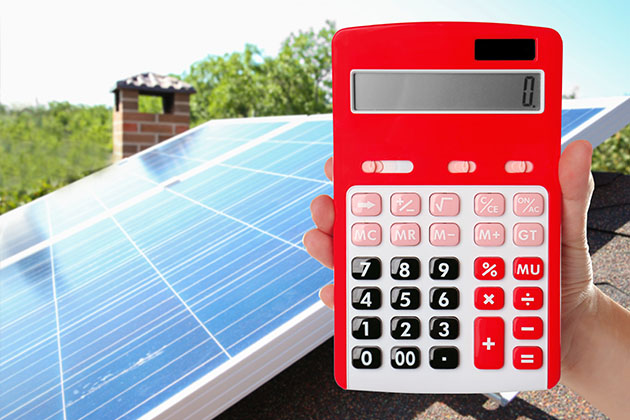Scientists from MIT have sensitized existing silicon сонечны cells by singlet exciton fission method. This can increase efficiency of сонечны cells from 18 percent to as high as 35 percent thus doubling energy output thereby reducing costs of solar technology.
Становіцца неабходным паменшыць нашу залежнасць ад выкапнёвага паліва і пабудаваць тэхналогіі для ўстойлівага будучыні. Сонечная энергія з'яўляецца аднаўляльнай крыніцай энергія дзе Сонца light is converted into electrical energy. Сонечныя клеткі are most commonly made of silicon which uses photovoltaic process to transform сонечнае святло into electricity. Tandem cells are also being designed which generally include perovskites cells where every section of the сонечны cells can harness Сонца energy from its varied spectrum and thus have higher efficiency. Solar cells available today are limited by their efficiency which is just 15-22 percent.
Даследаванне, апублікаванае 3 ліпеня ст Прырода прадэманстраваў, як крэмній сонечны cell efficiencies could be raised to as high as 35 percent by applying an effect called singlet exciton fission. In this effect a single particle of light (photon) can generate two electron-hole pairs as opposed to only one. Single exciton fission is seen in many materials since its discovery in the 1970s. The current study aimed to translate this effect for the first time into a viable сонечны клетка.
Даследчыкі перанеслі эфект дзялення аднаго эксітона з тэтрацэну - вядомага матэрыялу, які яго праяўляе - у крышталічны крэмній. Гэты матэрыял тэтрацэн з'яўляецца вуглевадародам арганічны semiconductor. The transfer was achieved by placing an additional thin layer of hafnium oxynitride (8 angstrom) between excitonic tetracene layer and silicon сонечны cell and coupling them.
This tiny hafnium oxynitride layer acted as a bridge and made possible the generation of high energy photons in the tetracene layer which then triggered release of two electrons in the silicon cell as opposed to the usual one. This sensitization of silicon сонечны cell reduced thermalization losses and enabled better sensitivity to light. The energy output of the сонечны cells doubled as more output was generated from green and blue parts of the spectrum. This can enhance the efficiency of сонечны cells to as high as 35 percent. The technology differs from the tandem solar cells as it just adds more current to the silicon without adding additional cells.
Бягучае даследаванне прадэманстравала імправізаваныя крэмніевыя сонечныя батарэі синглетного дзялення, якія могуць прадэманстраваць павышаную эфектыўнасць і, такім чынам, знізіць агульны кошт выпрацоўкі энергіі сонечнай тэхналогіі.
***
{Вы можаце прачытаць арыгінальную даследчую працу, націснуўшы на спасылку DOI, прыведзены ніжэй у спісе цытуемых крыніц}
Крыніца (я)
Einzinger, М. і інш. 2019. Сенсібілізацыя крэмнію синглетным эксітонным дзяленнем у тэтрацэне. Прырода. 571. https://doi.org/10.1038/s41586-019-1339-4






































